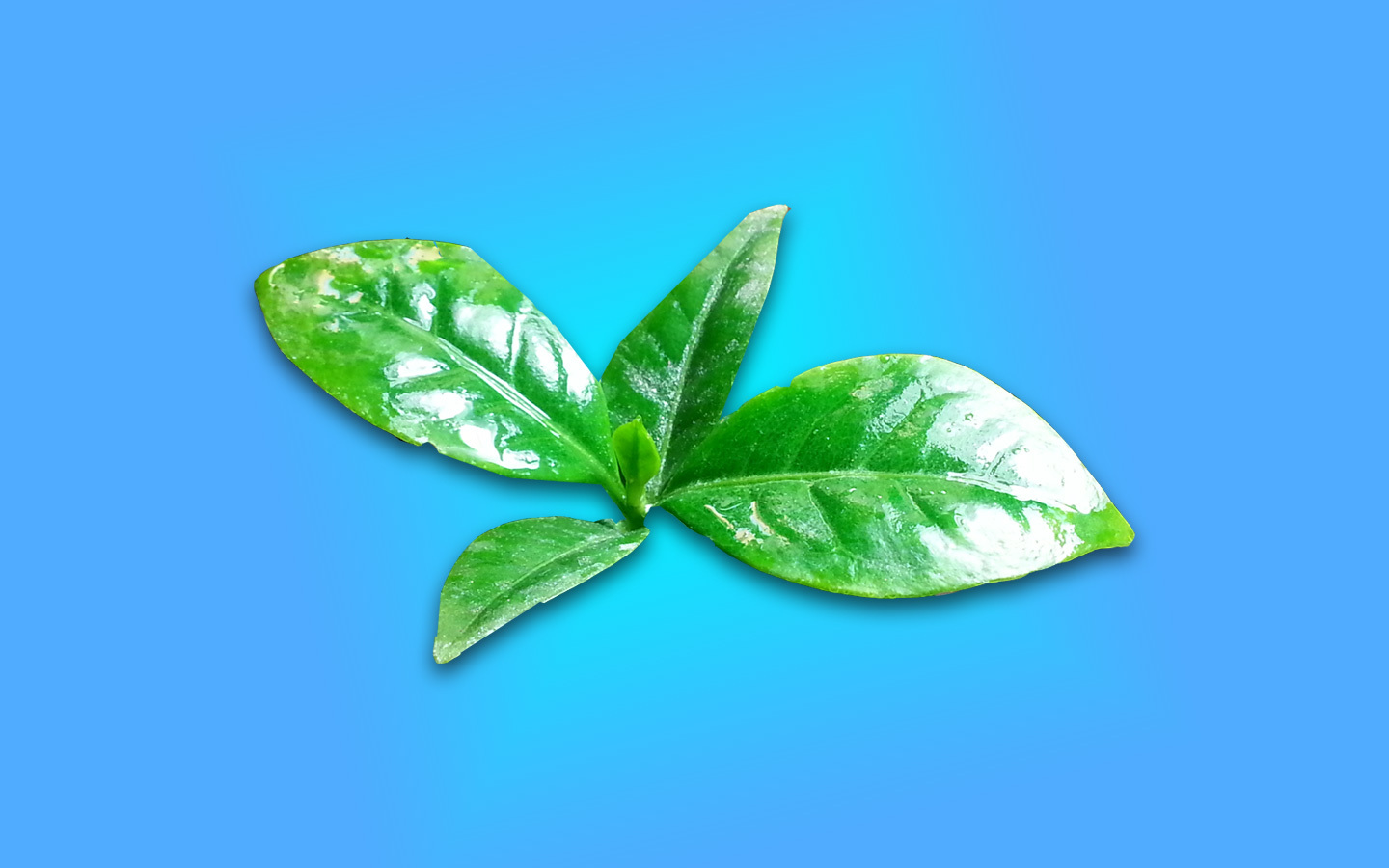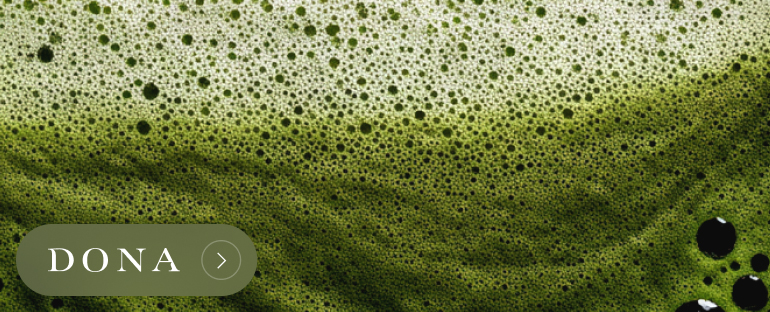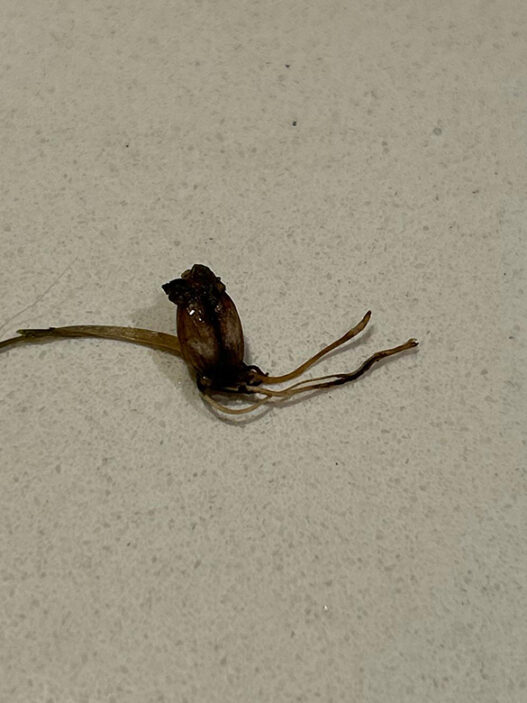The effects of climate change are wreaking havoc on coffee production. Rising temperatures, extreme weather like draughts and floods, and erratic wet and dry seasons have all made coffee farming a losing proposition for many producers around the world. To combat this, coffee experts see three likely paths: adapting farms at the microclimate level, relocate to new, now-suitable growing regions, or switch to different cultivars and species of coffee.
Dr. Aaron Davis of Kew Gardens in London, one of leading coffee researchers in the field, believes in the third option. In his most recently published work, Dr. Davis explores the viability of coffee species Coffea racemosa and C. zanguebariae, “the world’s rarest production coffee species,” for their potential to thrive in the difficult conditions brought about by climate change.
Published last week in the journal Crop Biology and Sustainability, a section of Frontiers in Sustainable Food Systems, Dr. Davis along with colleagues Roberta Gargiulo, Iolanda Niza das Mercêz Almeida, Marcelino Inácio Caravela, Charles Denison, and Justin Moat examine the growing conditions, morphology, genetics, and flavor profile of the two “sister species.” (C. racemosa and C. zanguebariae are in fact so similar that they have often been believed to be the same thing.) For their analysis, the researchers compared a total of 463 different plant specimens: 193 C. arabica, 200 C. canephora (Robusta), 50 C. racemosa (36 wild and 14 cultivated), and 20 C. zanguebariae (15 wild and 7 cultivated, with two removed as duplicates).
They found that while C. zanguebariae is a “larger and more robust plant” than C. racemosa, both provide some significant advantages over Arabica—and to a lesser extent Robusta—especially in terms of the effects of climate change. In short, both species were found to have more tolerance of higher temperatures and lower amounts of precipitations. Arabica, for instance, had an average annual temperature of 18.7°C (65.7°F) and a mean annual precipitation of 1,614mm. Robusta’s average annual temperature and precipitation were 23.7°C (74.7°F) and 1,596mm, respectively. Meanwhile climate analysis found average temperatures and precipitation levels of 24.8°C (76.6°F) and 998mm for C. zanguebariae and 22.9°C (73.2°F) and 807mm for C. racemosa.
In terms of taste profile, both C. zanguebariae and C. racemosa possessed flavors generally considered by specialty coffee drinkers to be favorable and some that were “challenging”. The washed Racemosa had an aroma of spice, sweet herbs, and licorice, a light to medium body, and notes of “blackcurrant, spiced wine, spice, cannabis, star anise, liquorice, buchu [which tastes of “blackcurrant, spice, and a mixture of rosemary and peppermint”], sweet-cake-like, herb-like, cinnamon, cloves, camphor, violet florals, cereal, and mint.” While not optimally processed like the Racemosa and potentially past crop, the natural Zanguebariae nonetheless had aromas of herbs, eucalyptus, and licorice, with a medium to light body, and notes of “herbal, savoury, lavender, jasmine, aniseed, liquorice, dark chocolate, spice (cardamon), eucalyptus, medicinal, vanilla, and mint.”
Still, Dr. Davis notes, there are drawbacks to the two species, primarily in terms of yield. Based on their testing, Racemosa would only yield 111kg/ha of coffee. Zanguebariae is estimated to be able to achieve 300-400kg/ha of coffee, but even this is “equivalent to lower yield rates of Arabica.” Part of this could be due to the two species’ smaller seed size, which could also negatively impact roasting, per the study.
Nonetheless, the species show promise, even outside of growing. The hybridization with Arabica, for instance, is something worth continued exploration, and indeed, Racemosa has already been successfully hybridized with Arabica in the past.
As the world comes to grip with the effects of climate change and how it will shape what we eat and drink in the coming decades, new species like C. racemosa and C. zanguebariae—bolstered in no small part by the continued efforts of coffee scientists like Dr. Davis—are offering coffee drinkers a lifeline. It’s unlikely that Arabica will ever truly disappear, but the future of coffee may be in more than just the two dominant species.
Zac Cadwalader is the managing editor at Sprudge Media Network and a staff writer based in Dallas. Read more Zac Cadwalader on Sprudge.























